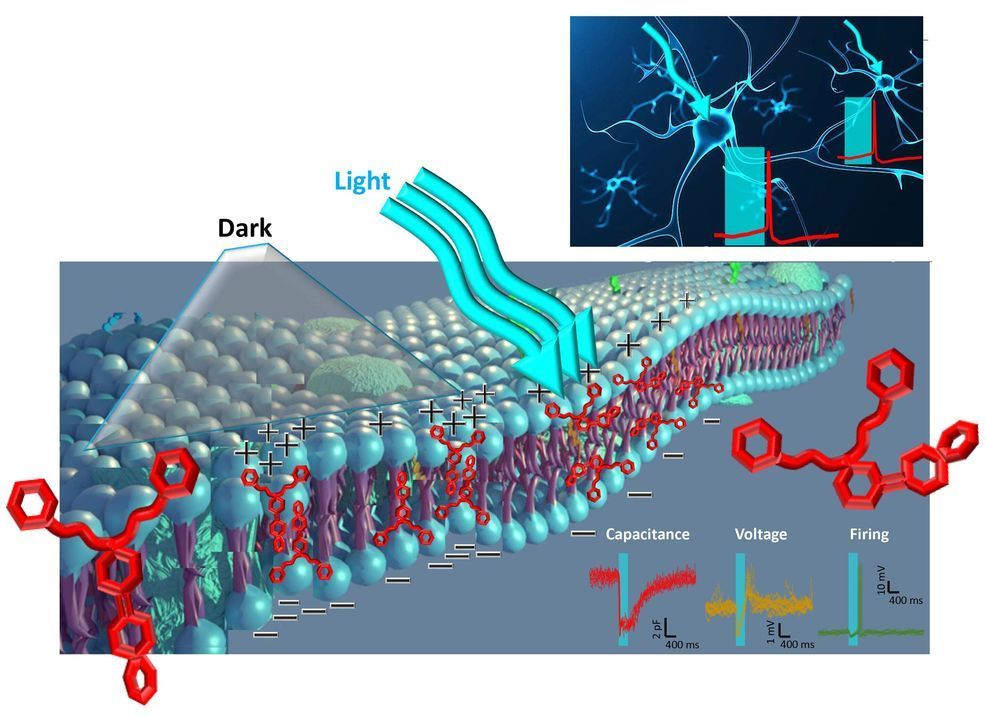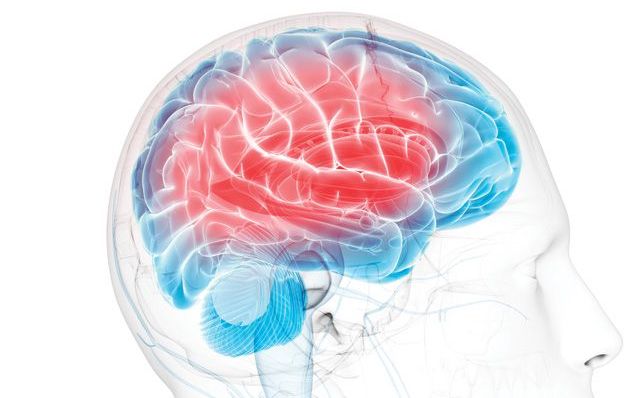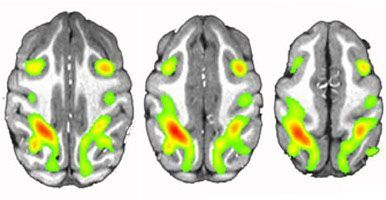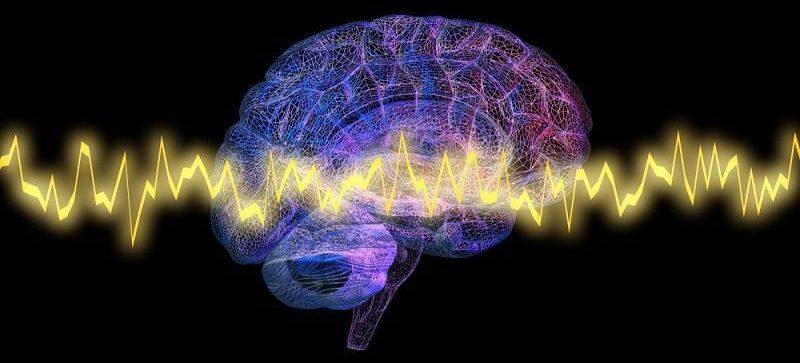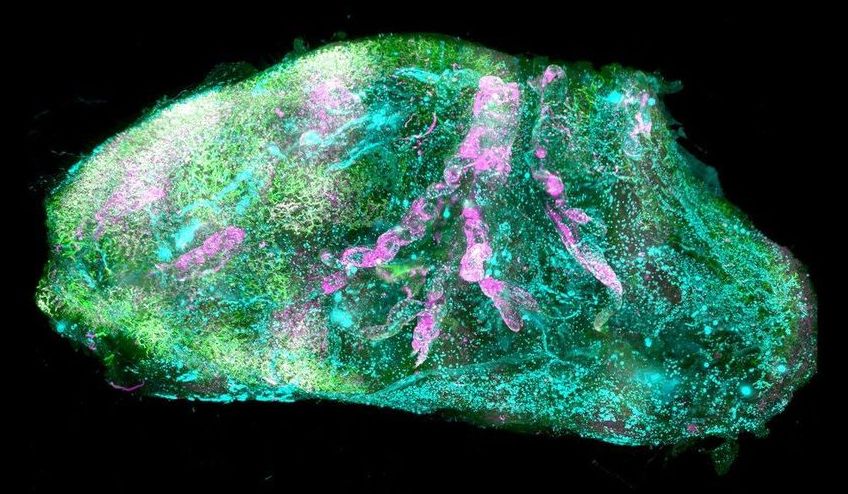Optical technologies that can be used to modulate neuronal activity are opening up exciting possibilities for research in neuroscience and biology. Optical tools allow neuroscientists to excite and inhibit neurons or areas of the brain at will. They can thus be used to investigate the function of specific brain circuits or regions, as well as to identify new potential treatments for neurological and psychiatric diseases.
The generation of tethered azobenzene photoswitches targeted at membrane bilayers or linked to ion channels is a pioneering optical technique that could further aid the study of the human brain. This technique, however, particularly when implemented at high light intensities, can lead to a considerable increase in temperature and can thus be harmful to neurons when used repeatedly.
To overcome this limitation, researchers at the Italian Institute of Technology (IIT) in collaboration with Politecnico di Milano, have recently created a new light-sensitive azobenzene compound, dubbed Ziapin2, which can be used to build photoswitches that do not increase in temperature when irradiated with visible light. This new compound, introduced in a paper published in Nature Nanotechnology, partitions into the plasma membrane with a high stability, enabling its thinning and an increased capacitance at a steady state.



